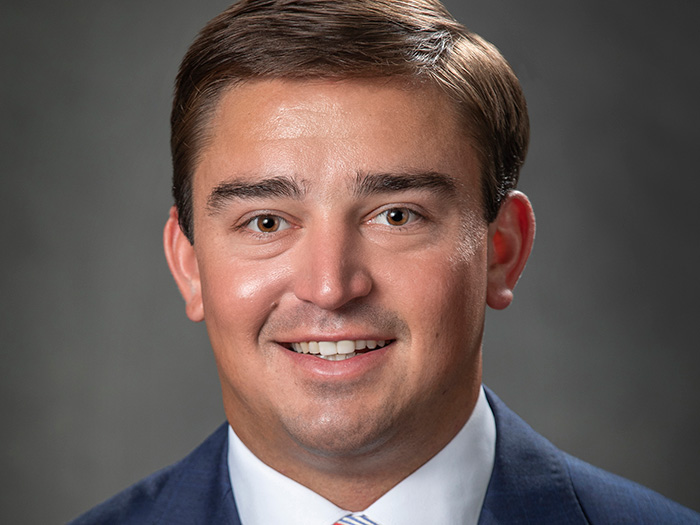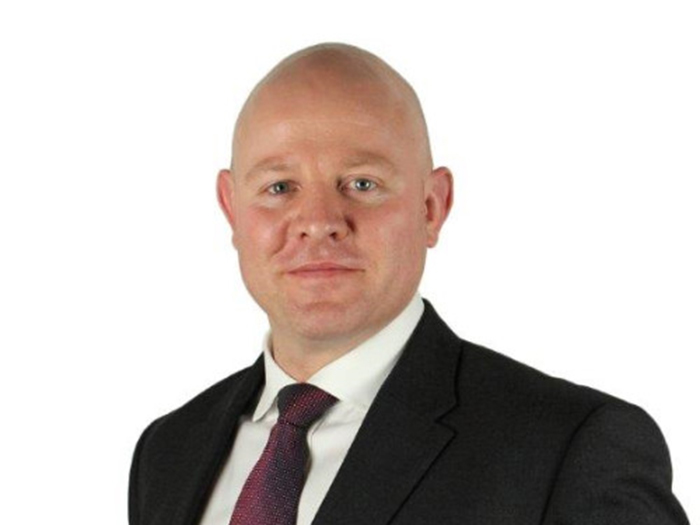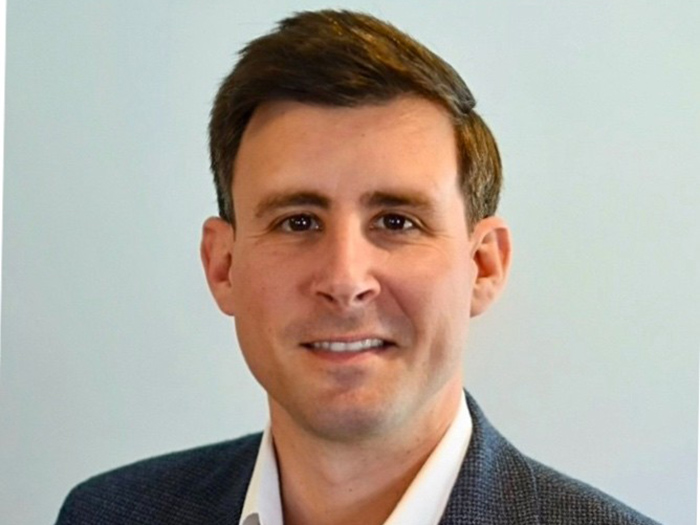Why Do Workers’ Comp Injuries Take Longer to Heal? Hint: Workers Are Not Problems to Be Solved
I spent the first 11 years of my career practicing emergency medicine.
Although I loved the variety, gravity and drama, I started to feel as if I was mainly recycling social problems and enabling people to continue being self-destructive. I didn’t get the sense I was helping most of my patients improve their wellbeing.
So I looked around, discovered occupational medicine and have happily spent 32 years helping patients fully re-engage in their lives after the disruption of a work injury.
When I started learning about the workers’ compensation ecosystem, I was a tad surprised to realize that outcomes in that space were inferior compared to outcomes for the same types of injuries or conditions in the non-comp medical arena.
A 2005 study by Harris et al. showed that, relative to the outcomes of patients with other payors, patients with WC injuries had four times the risk of a poor outcome after a wide range of orthopedic procedures.
The Workers’ Compensation Research Institute (WCRI) just published a comparison looking at patient-reported functional outcomes from 2017 to 2021 in patients who experienced low back pain and received outpatient physical therapy and/or occupational therapy (PT/OT). Functional status improvement scores were lower for WC patients than for patients covered under private insurance and Medicare, as well as for self-pay patients, and the differences were statistically significant.
WCRI ruled out the hypothesis that the recoveries of WC patients were not as good because the WC patients were getting lower-quality care. Even when they were treated in clinics with the best outcomes, the differences in reported functional status were the same as the overall difference found in the study.
They also found no support for several other explanations, such as the presence of depression or anxiety, more severe acuity, the number of comorbidities, or medication use at intake.
The WCRI report stated that these results might be explained by certain features of the WC system and the presence of biopsychosocial factors such as poor expectations for recovery, perceived injustice, job dissatisfaction or lack of family and community support systems.
These are all reasons that are hard to test, and further research is certainly needed to better understand why an individual who injured his back at work would likely not recover as well as he would if he had hurt his back lifting something at home.
When I’ve talked to other stakeholders in the WC arena, I’ve discovered many believe that non-comp patients are more motivated to recover because they don’t get indemnity benefits for lost time or lump-sum payments and have cost-sharing for their care (co-payments).
My hypothesis — based on what I’ve learned from research in the neurosciences and my decades of experience taking care of injured employees — is that this difference could be explained in large part by the fact that the WC system is often perceived as adversarial by injured employees.
This perception can cause stress, which can activate an injured employee’s autonomic nervous system (i.e., the neural pathways that regulate involuntary physiologic processes).
A primary biological imperative for humans is to stay safe and survive. Our autonomic nervous system is designed to regulate three fundamental physiological states to help us do just that. Which one is activated at any particular time is determined by the level of safety our nervous system detects.
1) Rest and Digest
When our autonomic nervous system finds cues of safety, the parasympathetic ventral vagal system comes online.
In this state, people are engaged and organized. They take care of themselves and feel productive. Health benefits include regulated blood pressure, a healthy immune system, good digestion, quality sleep and an overall sense of wellbeing.
Our bodies release growth hormones, dopamine, serotonin and other hormones that create an internal environment that’s favorable for healing.
2) Fight or Flight
If our autonomic nervous system detects a threat or danger and decides that fight or flight is necessary to keep us alive, a very different physiology ensues.
Hormones like adrenaline, cortisol, histamines and inflammatory cytokines are released.
In this state, daily experience might include a sense of unease, an inability to focus, distress in relationships, anger or a feeling of being overwhelmed.
Health consequences can include high blood pressure, sleep problems, weight gain, memory impairment, headaches, chronic muscle tension and decreased function of the immune system.
3) Shutdown
The third and most dire state is when our nervous system concludes that we can’t escape the danger — there is no way out. The physiological response is mediated by the dorsal vagal complex. Metabolism throughout our body is drastically reduced, our heart rate plunges, we can’t breathe and our gut stops working or empties.
In this state, people disengage, collapse and freeze. Awareness is shut down, and physical pain may no longer even register.
Immediately after a work injury — as they deal with the stresses of reporting the injury, waiting for their claim to be accepted as compensable and embarking on medical treatment — injured employees most often move down the autonomic ladder into the sympathetic state of fight or flight.
That is a normal human reaction and is to be expected.
Problems start if the injured employee does not move back up the autonomic ladder to the parasympathetic state in fairly short order. When patients get stuck in the sympathetic state, this keeps their physiology in a condition that does not promote healing.
I often tell my colleagues that one of the most crucial things we can do for our patients is form a therapeutic connection as soon as possible — make them feel seen, heard, understood and safe.
Unless and until we do that, our patients will not be in a state conducive to optimal healing. The same holds true for all the other stakeholders interacting with injured employees. Whether we are a supervisor, WC risk manager, adjuster or physician, if we all provide cues of safety, we might start to see those differences in WC and non-comp recovery from injury shrink.
In my next post, I’ll provide some simple, specific ways WC stakeholders can help injured employees move back up the autonomic ladder into the parasympathetic state, the physiological environment that creates conditions for optimal healing. &










